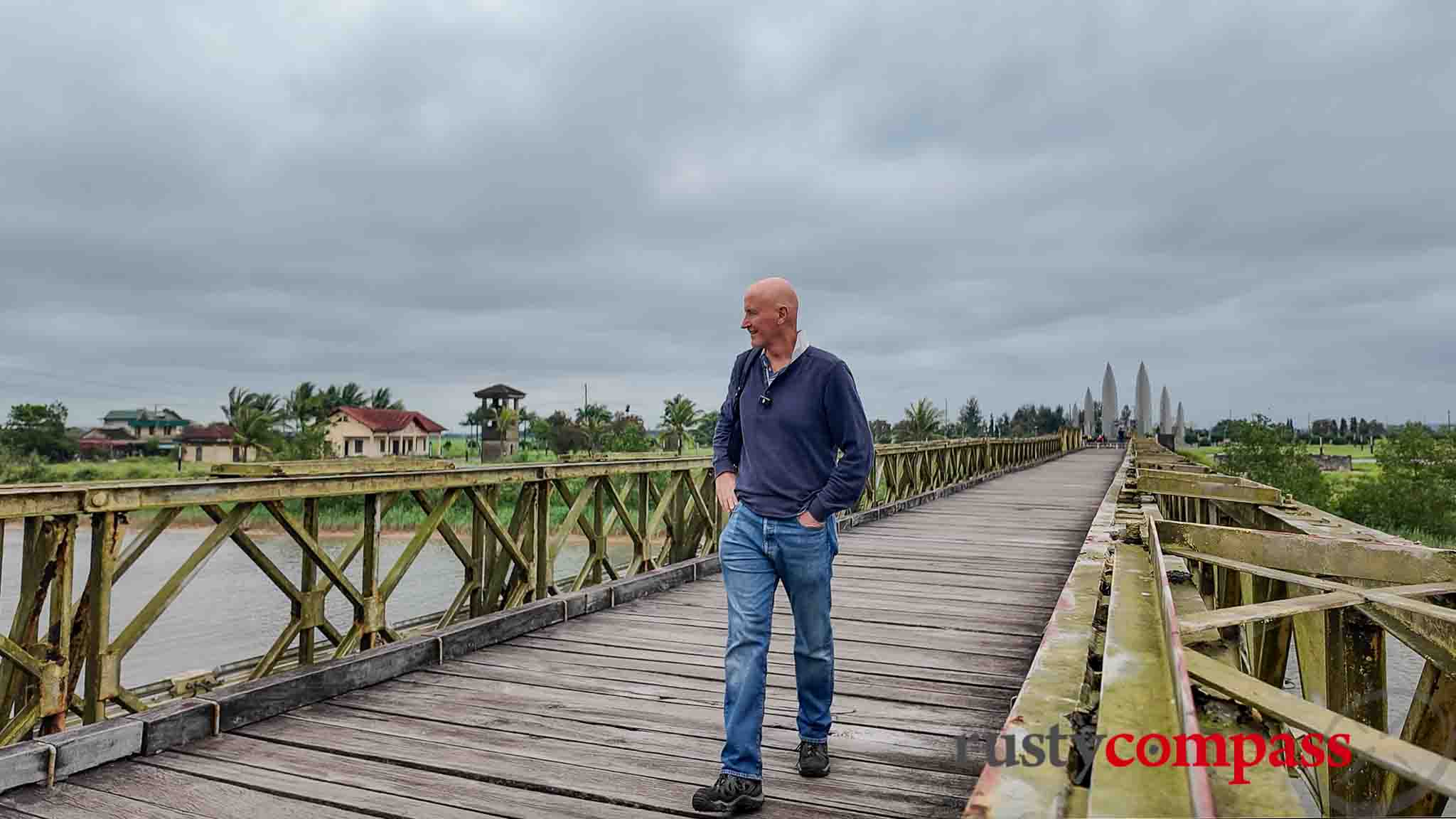2025 is a year of big anniversaries in Vietnam. The 50th anniversary of America’s ignominious departure and the end of the American War in April 1975, is the anniversary getting the international attention. But there are others of importance.
These anniversaries demonstrate the impact of the United States in Vietnam's post World War II history and its continuing influence in our changing global environment.
The 80th anniversary of Ho Chi Minh’s Declaration of Independence in Hanoi’s Ba Dinh Square, will also remember an event of huge significance.
At the end of World War II, on September 2 1945, Ho Chi Minh asserted Vietnam's right to self-determination. It's the day Vietnam's long struggle against foreign domination began in earnest. American officials were on hand to witness events and they sent approving messages back home of the declaration. If they understood Vietnamese in those early days of US-Vietnam relations, they may have been proud to note Ho Chi Minh's special reference to the US Declaration of Independence in his speech. You can read more about Vietnam's Declaration of Independence here.
2025 will also mark thirty years since the normalisation of diplomatic relations between Vietnam and the United States in 1995. Normalisation brought the end of a crippling US trade embargo that had excluded Vietnam from trade with the West since the war and added to the country's post-war economic misery. Trade normalisation with the US helped drive Vietnam's massive economic transformation in recent decades. The US economy replaced the US military as a major force in the lives of Vietnamese people.
2025 may also go down as a year of great consequence for the two countries.
For some years now, the US has been the biggest customer for Vietnamese exports, running a massive trade deficit. Vietnamese technology, textiles, furniture and other exports have created a gaping trade imbalance. In 2024, two-way trade between the two countries totaled $150 billion US with Vietnam importing just $13 billion in goods and services from the United States.
In its reordering of global trade, the Trump White House has singled out Vietnam for special punitive tariffs. For a short time, Vietnam faced some of the highest tariff levels, following Trump's "liberation day" announcement. Tariffs have since been reduced but a final position has not yet been agreed.
Irrespective of what happens on the trade front, the Trump administration's dismantling of USAID early in 2025 is impacting some of the most vulnerable Vietnamese people. Humanitarian projects targeting the removal of unexploded ordnance and the rehabilitation of areas poisoned by Agent Orange, have lost USAID funding, along with other important aid initiatives. These US decisions reverse decades of work to address, in a modest way, the terrible harm inflicted on Vietnam during the war years.
USAID projects in Vietnam and Cambodia have special importance, since they represent a modest effort to address massive harm caused during years of war.
The relationship between the US and Vietnam has always been about more than commerce.
Vietnam’s proximity to China makes it a strategically significant player - as it was during the Cold War. US trade and USAID decisions will inevitably impact the strategic relationship.
The other complex element in the relationship is United States soft power. It's proven alluring to Vietnamese people since the 1950s. Movies, music, fashion and literature have had a big impact on Vietnamese people - especially educated city dwellers.
It will be interesting to see how US soft power survives the current turbulence - or whether it is impacted at all? In 2025, Korean, Chinese, Japanese and Taiwanese cultural exports are also competing in the soft power mix.

Photo: Mark Bowyer Crossing the 17th parallel - the old DMZ between North and South Vietnam
Check out part 1 in our series on the complex story behind America’s deeply consequential relationship with Vietnam through war and peace.
Our story begins in the jungles of Lang Son province during World War II. Ho Chi Minh’s fledgling guerilla army collaborated with the OSS, the precursor to the CIA, in the fight against Japanese forces.
And if you’re interested in the places visited in our video (above). Here they are -
Video locations - click the links to our detailed travel guides -
We start at the old Pittman Apartment building on Ly Tu Trong St, Ho Chi Minh City (Saigon)
War Remnants Museum - Vo Van Tan St, Ho Chi Minh City
Saigon Opera House, Lam San Square Ho Chi Minh City
Lang Son province enroute to Cao Bang province - northern Vietnam
Dien Bien Phu and the former Viet Minh base at Muong Thanh, northern Vietnam
Ba Dinh Square, Hanoi
DMZ, Hien Luong Bridge, Quang Tri province
Check out part II - coming soon!
You can read Ho Chi Minh's Declaration of Independence here





There are no comments yet.